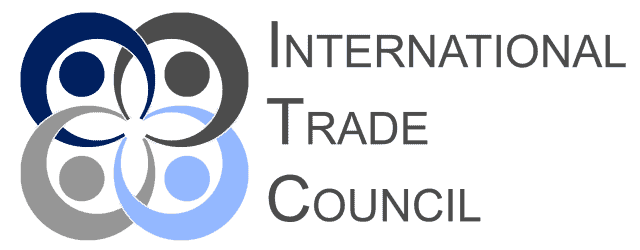Since the revised ASEAN Trade in Goods Agreement (ATIGA) Rules of Origin came into force in July 2022, exporters across Southeast Asia have found themselves navigating a far more demanding compliance environment. At the heart of the change lies a sharper focus on verifiable proof of origin, designed to safeguard the integrity of preferential tariff […]

The International Trade Council is a global, peak-body, chamber of commerce that supports businesses and governments by providing resources, advocacy, and networking opportunities to promote international trade and foreign direct investment. It serves as a platform for organizations to collaborate, share knowledge, and navigate the complexities of global markets.
